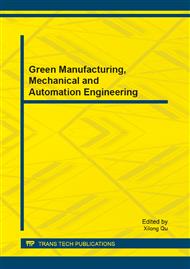p.662
p.665
p.671
p.676
p.680
p.685
p.691
p.696
p.701
Interactive Virtual Globe Service System Based on OsgEarth
Abstract:
These online tools, led by the Google Earth virtual globe, are changing the way we interact with spatial data. This paper focused on how to develop a virtual globe-based interactive service system for risk assessment of dam-break in Barrier Lake. Unlike existing work, virtual globe technology was used as a medium for geographic visualization and analysis. Moreover, GIS spatial analysis and real-time interactive operation with the service system will also be implemented to support the simulation analysis of dab-break flood routing. The experimental results show that the scheme developed in this paper is efficient and feasible.
Info:
Periodical:
Pages:
680-684
Citation:
Online since:
July 2013
Authors:
Price:
Сopyright:
© 2013 Trans Tech Publications Ltd. All Rights Reserved
Share:
Citation:


